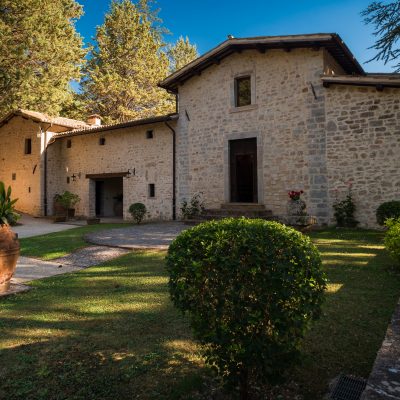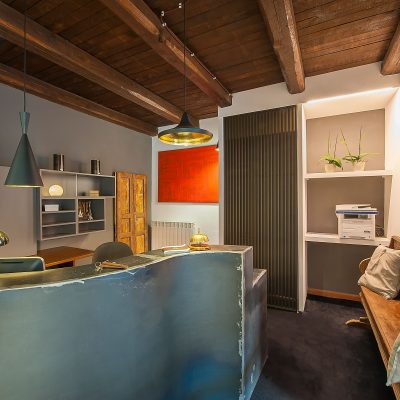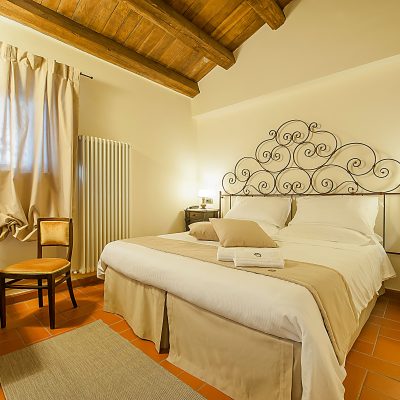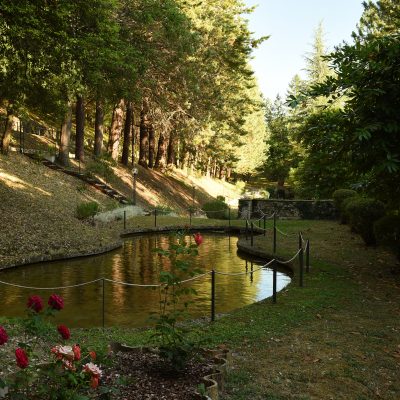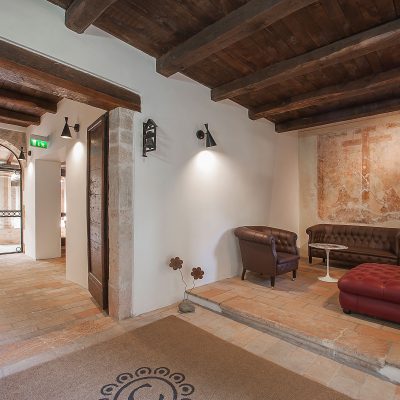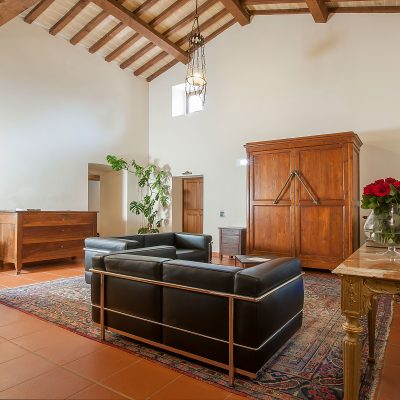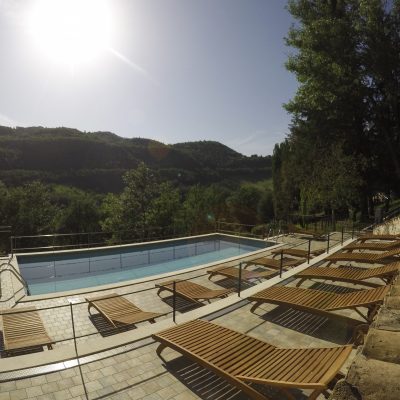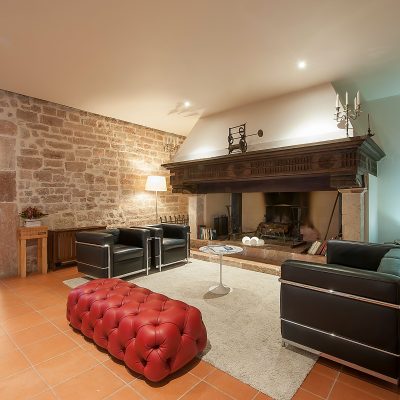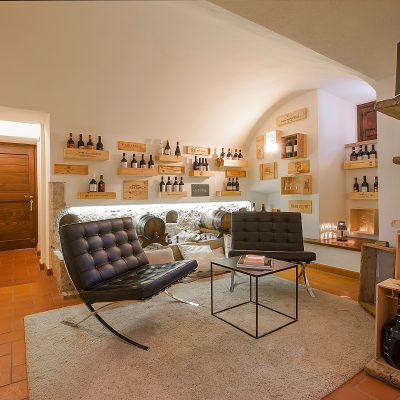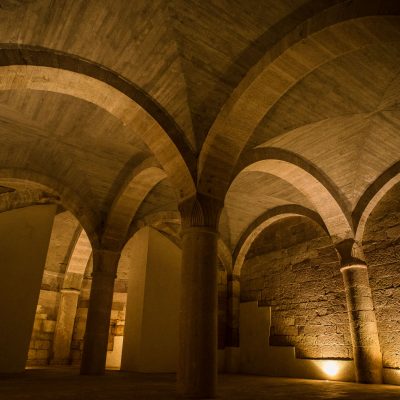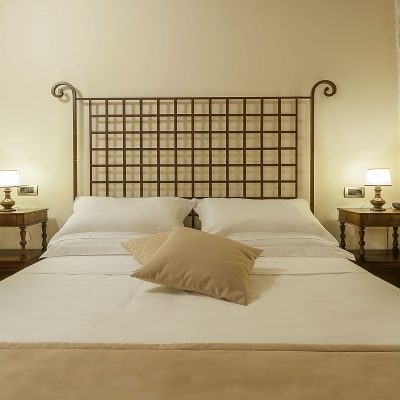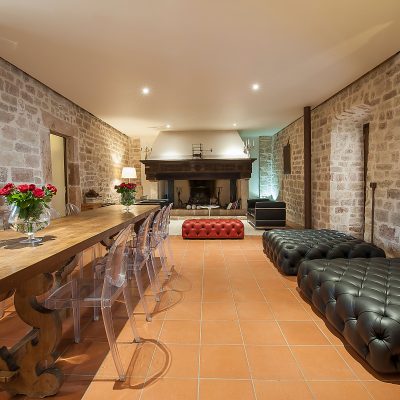ACQUAPREMULA
CONVENT
The villa, located on the left side of the Valle del Vigi, takes its name from an ancient source, Acqua Premula, used
for centuries in the calculus, disease called by the people of place “Premiti”. The water, which springs from a rock
slit, has been bottled since 1974 with the FONTE TVLLIA trademark..
Around the year 1000, in the villa was built the oratory of a monastic cell dedicated to St. Nicholas of Bari, the cult
introduced in Valnerina by Syrian and Oriental monks (St. Nicolaus Acquae Premulae vel Vallis Primulae Vigi). Since
the early Middle Ages there has been news of an intense monastic life in this place, under the guidance of an abbot.
From this derived not only a consistent development of economic activities and settlements, but also an inevitable
increase in the ecclesiastical order, favoring the birth of new parish centers. Subsequently, in 1115, the Bishop of
Spoleto, Enrico Gualfredo, donated the oratory, including possessions and decimal rights, to the Benedictine Abbot
Leto; the oratory passed to the Benedictine monks of St. Eutizio of Valcastoriana.
Confirmation of the donation occurred in 1253 in a Bull of Bishop Bartolomeo Accoramboni and in 1424 by Pope
Martino.
The Byzantine crypt and the Romanesque Church date back to the Benedictine period.
At the Visita Lascaris of 10 September 1713, Monsignor Lascaris, then Bishop of Spoleto, recalling the origins of St.
Nicola of Acqua Premula, also reports that in that hermitage, at the end of the fifth century, San Severino had taken
refuge there, before taking over episcopal dignity.
In the mid-16th century, the Benedictines gave the Church to Capuchin Friars. The first records date back to 1568.
The Capuchins, starting from 1624, built the Convent, next to the existing church. Once the works were completed,
the place took the name of Convento di Acqua Premula, at the disposal of the provincial minister.
The restructuring continued until 1652, when Pope Innocent X proclaimed a provisional suppression due to the small
number of friars. Most likely the Convent was repopulated in 1655, immediately after the Pope's death.
In 1663, significant structural interventions concerned the orientation and, therefore, the entrance of the Church,
the apse and the construction of a side chapel. The construction of the arch of the Sancta Sanctorum followed and
the pillars of the vault in 1673.
The records of the ancient Convent hand down to us numerous information on the frequent attendance of these
places by clerics and lay people for bathing or for passing water.
The life of the Convent ceased with the abandonment after the repression of 1882. The property of the same passed
to the Municipality of Sellano which, in 1895, alienated it to a Paduan notary. In 1915, the property passed to two
local inhabitants and, finally, in 1964, by now in an evident state of neglect, the Tulli family bought it and
restructured it.


